amolitor
TPF Noob!
- Joined
- May 18, 2012
- Messages
- 6,320
- Reaction score
- 2,131
- Location
- Virginia
- Can others edit my Photos
- Photos OK to edit
Lotta reasons for getting a fast lens.
Sometimes f/2.8 is fine for people, it's just not ALWAYS fine. Sometimes when you're shooting available light, you gotta go wide to get the shot. Sometimes you're shooting things that are not people, too.
Also, a lens designed to be acceptable at f/2.8 is more likely to be awesome at f/5.6. There is a general rule of thumb, which is about as accurate as any rule of thumb, that a lens is "best" stopped down about 2 stops from its wide open. Your f/4.5 kit lens is going to be a bit soft at f/4.5 and might well be at its best around f/8. The f/2.8 on the other hand is likely to be really kicking ass at f/4.5.
You don't USUALLY use the two ends of the aperture range of a half decent quick-to-fast prime, but they're nice to have when you need 'em to get the shot.
Sometimes f/2.8 is fine for people, it's just not ALWAYS fine. Sometimes when you're shooting available light, you gotta go wide to get the shot. Sometimes you're shooting things that are not people, too.
Also, a lens designed to be acceptable at f/2.8 is more likely to be awesome at f/5.6. There is a general rule of thumb, which is about as accurate as any rule of thumb, that a lens is "best" stopped down about 2 stops from its wide open. Your f/4.5 kit lens is going to be a bit soft at f/4.5 and might well be at its best around f/8. The f/2.8 on the other hand is likely to be really kicking ass at f/4.5.
You don't USUALLY use the two ends of the aperture range of a half decent quick-to-fast prime, but they're nice to have when you need 'em to get the shot.



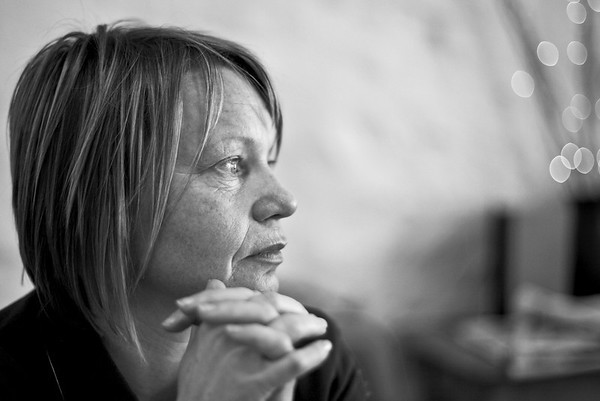
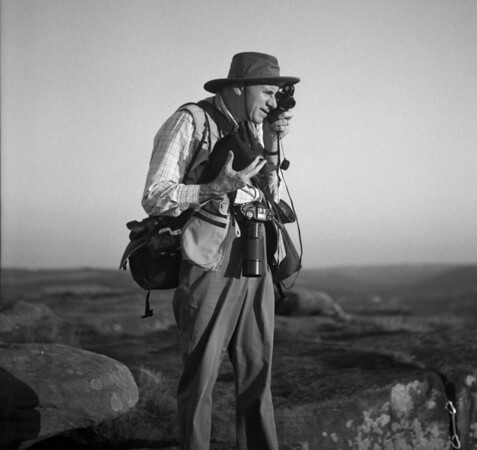
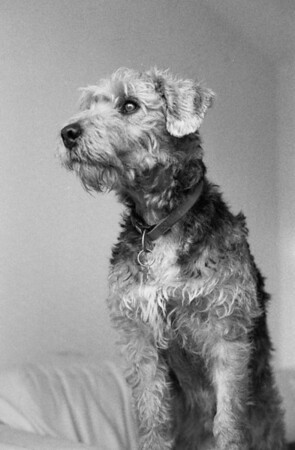
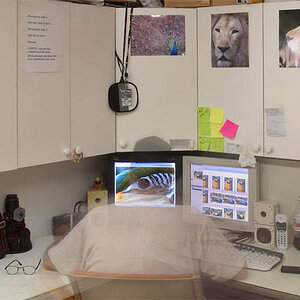
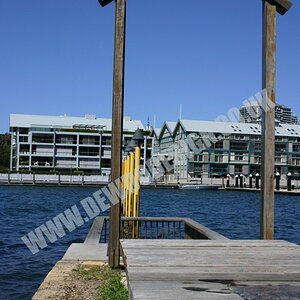
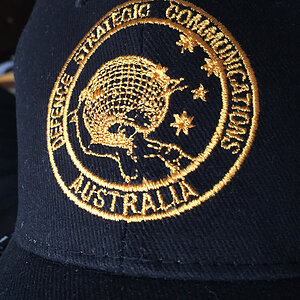
![[No title]](/data/xfmg/thumbnail/33/33362-84aacb865117bf8cba89104b89e9b36c.jpg?1619735927)
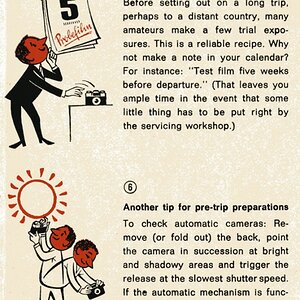
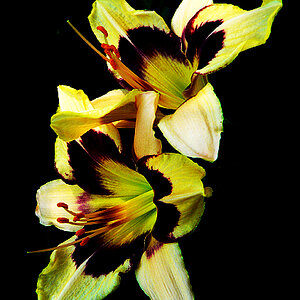
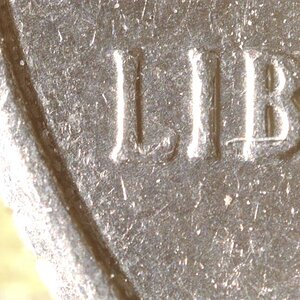
![[No title]](/data/xfmg/thumbnail/41/41798-aacfc8368463d919cba743fe318706b6.jpg?1619739897)
![[No title]](/data/xfmg/thumbnail/41/41795-6bc3a19e590a6be6bd169ab2acaee30d.jpg?1619739896)
![[No title]](/data/xfmg/thumbnail/41/41799-fe172a668fba7717bf773664387d64aa.jpg?1619739897)